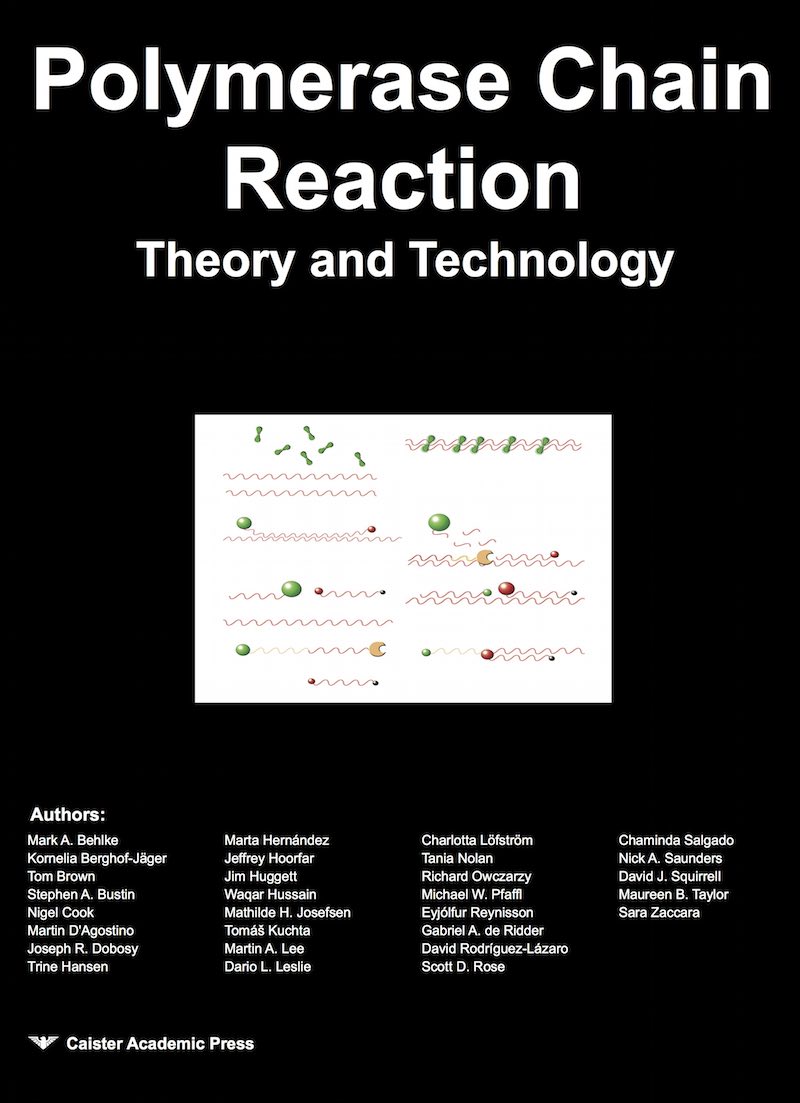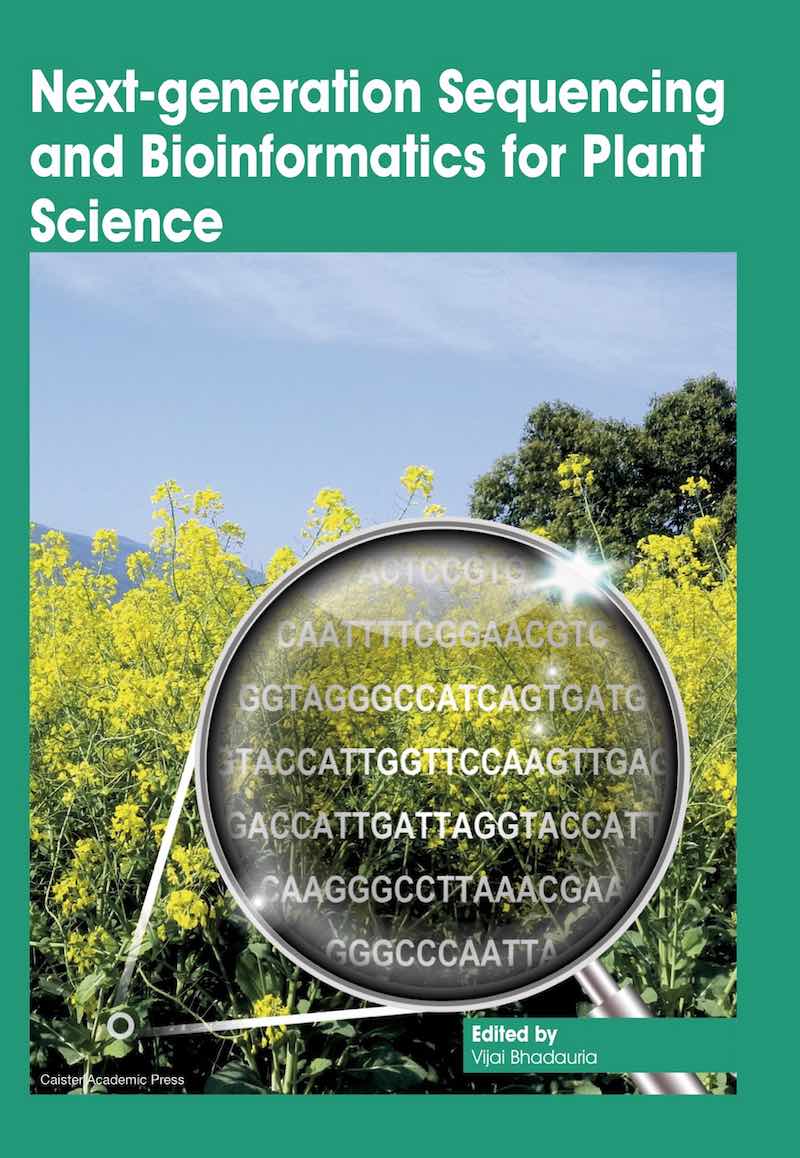Real-time PCR: The Basic Theory
Traditionally, PCR is performed in a tube and when the reaction is complete the products of the reaction (the amplified DNA fragments) are analysed and visualised by gel electrophoresis. However, real-time PCR permits the analysis of the products while the reaction is actually in progress. This is achieved by using various fluorescent dyes which react with the amplified product and can be measured by an instrument. This also facilitates the quantitation of the DNA. Not only can one tell instantly "what" DNA is present in the sample but also "how much". Quantitative PCR (qPCR), as this technique is known, is used to measure the quantity of a PCR product (usually in a real-time PCR procedure). It is the method of choice to quantitatively measure starting amounts of DNA, cDNA or RNA. PCR is therefore often used to determine whether a DNA sequence is present in a sample and the number of its copies in the sample. Another advantage of real-time PCR is rapidity of the assay, since it is not necessary to perform electrophoresis or other procedure after the DNA amplification reaction.
The development of fluorescent methods for a closed tube polymerase chain reaction has greatly simplified the process of quantification. Current approaches use fluorescent probes that interact with the amplification products during the PCR to allow kinetic measurements of product accumulation. These probe methods include generic approaches to DNA quantification such as fluorescent DNA binding dyes. There are also a number of strand-specific probes that use the phenomenon of Fluorescent Resonance Energy Transfer (FRET). The development of instruments that allowed real-time monitoring of fluorescence within PCR reaction vessels was a very significant advance in PCR technology. The technology is very flexible and many alternative instruments and fluorescent probe systems are currently available. Real-time PCR assays can be completed very rapidly since no manipulations are required post-amplification. Identification of the amplification products by probe detection in real-time is highly accurate compared with size analysis on gels. Analysis of the progress of the reaction allows accurate quantification of the target sequence over a very wide dynamic range, provided suitable standards are available. Further investigation of the real-time PCR products within the original reaction mixture using probes and melting analysis can detect sequence variants including single base mutations.
The capacity of the polymerase chain reaction (PCR) to amplify many million-fold any known DNA fragment from complex genetic material in a short time has revolutionized all areas of the life sciences, making it the most widely used molecular technology today. However, conventional gel-based PCR has several disadvantages: it is labour-intensive, not easily automated or adapted for high throughput applications, and quantification of nucleic acids is arduous. This is because amplification typically reaches a yield plateau where the PCR product is no longer being doubled at each cycle due to reagent constraints and end product inhibition. That plateau will differ for each assay due to the different reaction kinetics for each sample, but since conventional PCR is an endpoint assay, samples are typically analyzed after reaching this linear phase of the reaction. Consequently, PCR gel electrophoresis shows broadly similar amount of product DNA independent of the initial amount of template. This makes quantification by legacy PCR difficult since it requires the establishment of additional empirical quantification parameters, e.g. competitive PCR, that vary with each assay and are tedious to reproduce (Bustin et al in Quantitative Real-time PCR in Applied Microbiology).
The introduction of novel reagents, chemistries and instrumentation platforms has modified legacy PCR to create a technology, real-time, fluorescence-based quantitative PCR (qPCR) that addresses these issues. The use of qPCR allows monitoring of the progress of a PCR reaction in real time using fluorescent reporter molecules included in the PCR. In this way parallel and immediate amplification, detection and quantification of PCR products is possible, establishing qPCR firmly as the method of choice for the detection of nucleic acids. The features that make qPCR so universally popular are:
- Speed: assay reaction times are typically measured in tens of minutes, but can be even shorter.
- Convenience: homogenous assay, hence no need for post-amplification processing.
- Simplicity: the assay requires target, buffer, two primers, a fluorescent reporter and a single enzyme.
- Sensitivity: single copy targets can be detected, if not quantified.
- Specificity: a well-designed assay is specific for a single target, but mismatch-tolerant assays are easily designed.
- Robustness: a wide range of reaction conditions will yield results.
- High throughput: thousands of assays can be carried out on a single run.
- Quantification: accuracy typically covers a wide dynamic range (eight to eleven orders of magnitude).
- Familiarity: PCR has been around since 1985 and its advantages and disadvantages are well understood.
- Cost: all assay reagents are inexpensive; together with the trend towards smaller reaction volumes, the costs per assay can be very low.
- A procedure had to be established that allowed the concurrent amplification and detection of specific DNA sequences. The original arrangement involved the addition of a DNA intercalator, ethidium bromide (EtBr) to the PCR reaction together with the use of a thermal cycler with an ultraviolet light source and a computer-controlled CCD camera. A plot of increased fluorescence - caused by EtBr binding to newly synthesised DNA - against cycle number allowed the calculation of the quantity of starting material. The drawback of this approach was that this measurement could not easily distinguish between specific and non-specific products.
- The second development contributed that specificity by adding a separate oligonucleotide probe, labelled with 32P at its 5' end and designed to hybridize within the target amplicon during the amplification. Successful amplification of the target sequence generated a substrate suitable for the double-strand-specific 5'-3' exonuclease activity of Taq DNA polymerase and resulted in cleavage of the probe. However, measurement of the 32P-labelled cleavage products was neither simple nor practical, requiring their separation by thin layer chromatography.
- The invention of fluorogenic probes made it possible to combine the above innovations in a fluorescence-based hydrolysis probe assay, also known as 5'-nuclease or "TaqMan" assay, the first practical qPCR method.
Further reading
- Real-Time PCR: Advanced Technologies and Applications
- Real-Time PCR in Food Science: Current Technology and Applications
- Quantitative Real-time PCR in Applied Microbiology



